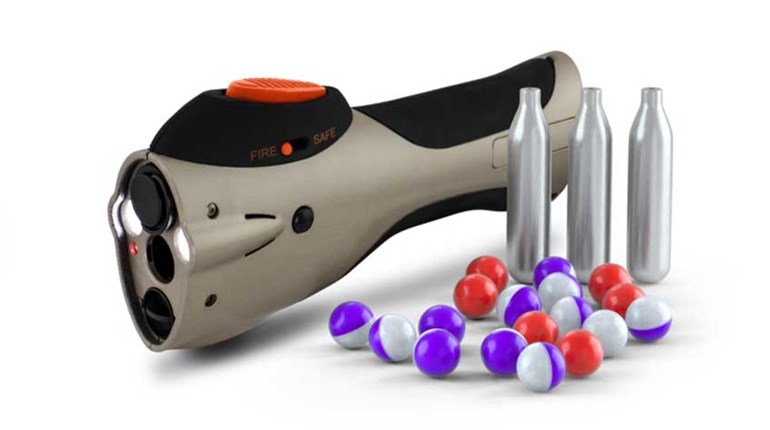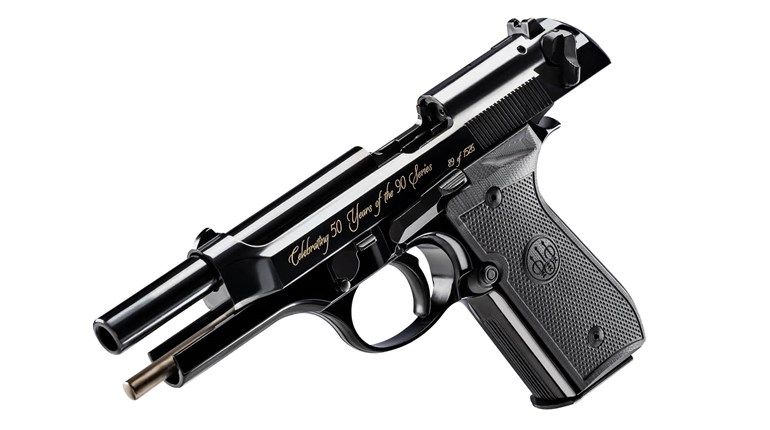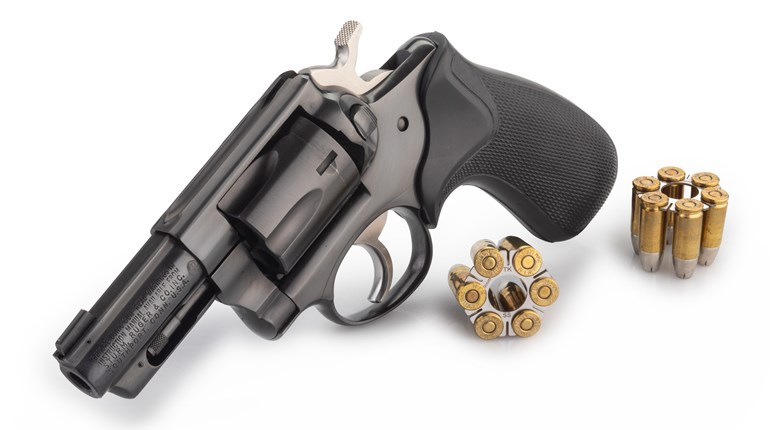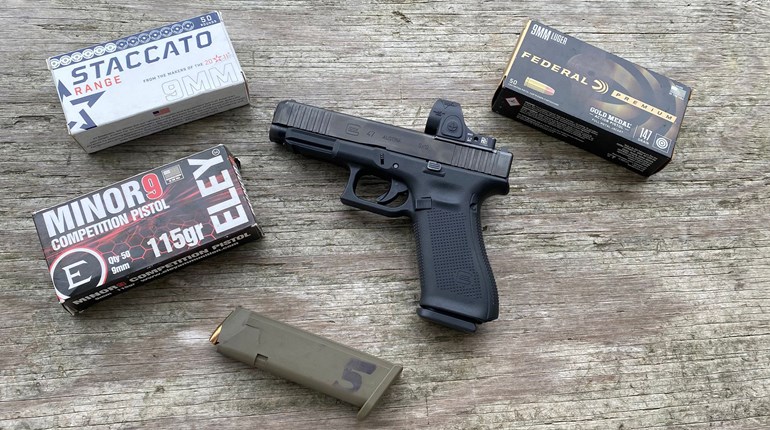
Events unfolding today underscore the need for an easily carried tool to survive a criminal attack until first-responders arrive. A firearm, with training and practice, is the ultimate solution, but not everyone is comfortable carrying a gun, and not every situation calls for a deadly force response. There is a chemical alternative for those vulnerable family members or close friends, or as an option for defense where lethal force is not appropriate.
Self-defense pepper sprays are popular and increasingly employed by people for backup or as an alternative in certain locations. Their performance varies, though, so we nagged a pair of experts and convinced them to spill their secrets. Depending on the version, that chemical irritant can jettison downrange as a gel, stream or fog. FN America even makes a pepper-ball system that allows law enforcement to deny access or disperse crowds. Deciding which one is the right system is not easy. In fact, experts don’t agree.
“Typical stream or gel-type sprays often quote extended ranges, but they need to be aimed to hit a target—face/mucous membranes,” said Michael Hess, vice president of Armament Systems and Procedures (ASP), a company that entered the pepper-spray market in 1995. “Not ideal in the hands of untrained civilians, especially under massive stress. Our system employs a cone-shaped mist—we call it an ‘OC Shield’—that is designed to create a cloud between would-be victim and assailant. Rather than needing to hit the assailant in the face, the bad guy needs to move through this OC barrier.”
David Nance, CEO of SABRE, the company established by his father in 1975, that is now the largest pepper-spray manufacturer in the United States—disagrees. “Our recommendation is stream or gel because it reduces if not eliminates cross contamination/wind blow-back. Gel sticks to the attacker and does not atomize like traditional pepper spray—it only affects what it directly contacts, which is a preference among many users. Fog is designed more to create the loss of breath sensation.”
The ingredient used most often today is oleoresin capsicum (OC), an extract from the cayenne pepper. Nance explained it “... can cause facial irritation, nasal discharge, loss of breath sensation, significant pain and involuntary eye closure. It is important to understand pepper spray does not paralyze the subject, so you do need to be ready to move to safety and the eye closure provides the user with a significant advantage to maximize their safety.”
Established brands make it easy for consumers to determine their formula’s effectiveness, but Hess broke things down explaining Scoville heat units, are “... a measure of the ‘heat’ of the pepper—what you feel when you eat it—as all pepper spray is made of,” he said. “While it is a reference point, it is not really the most pertinent measure of pepper in an OC formulation.”
Nor is OC percentage a key consideration. According to Hess, consumers should look for the major capsaicinoids (MC) number, which varies from a very mild .2 percent to a bear-paralyzing 2.0. “Law enforcement sprays generally land around 1.33 percent MC, so this has come to be accepted as the common top of the human spray range. We use that same 1.33 percent police-grade formula in our civilian Defender products.”
“Be advised that oleoresin capsicum percentages and Scoville heat units are not true indicators of pepper spray strength,” Nance agreed. His company’s products also have a 1.33 MC rating and, “This level of capsaicinoids has been proven effective in stopping attackers and allowing law enforcement to restrain combative subjects under the influence of drugs, alcohol and/or emotionally disturbed for 25 years.”
ASP provides Be Your Own Defender courses with qualified instructors across the nation. They start with an understanding of how OC works, then add in some drills.
Pepper spray is not legal in all areas of the country or in every location. Check local laws and regulations before purchasing or carrying. Aerosol charges in most pepper sprays last somewhere between three to four years. Check expiration dates before buying—and regularly after.






































